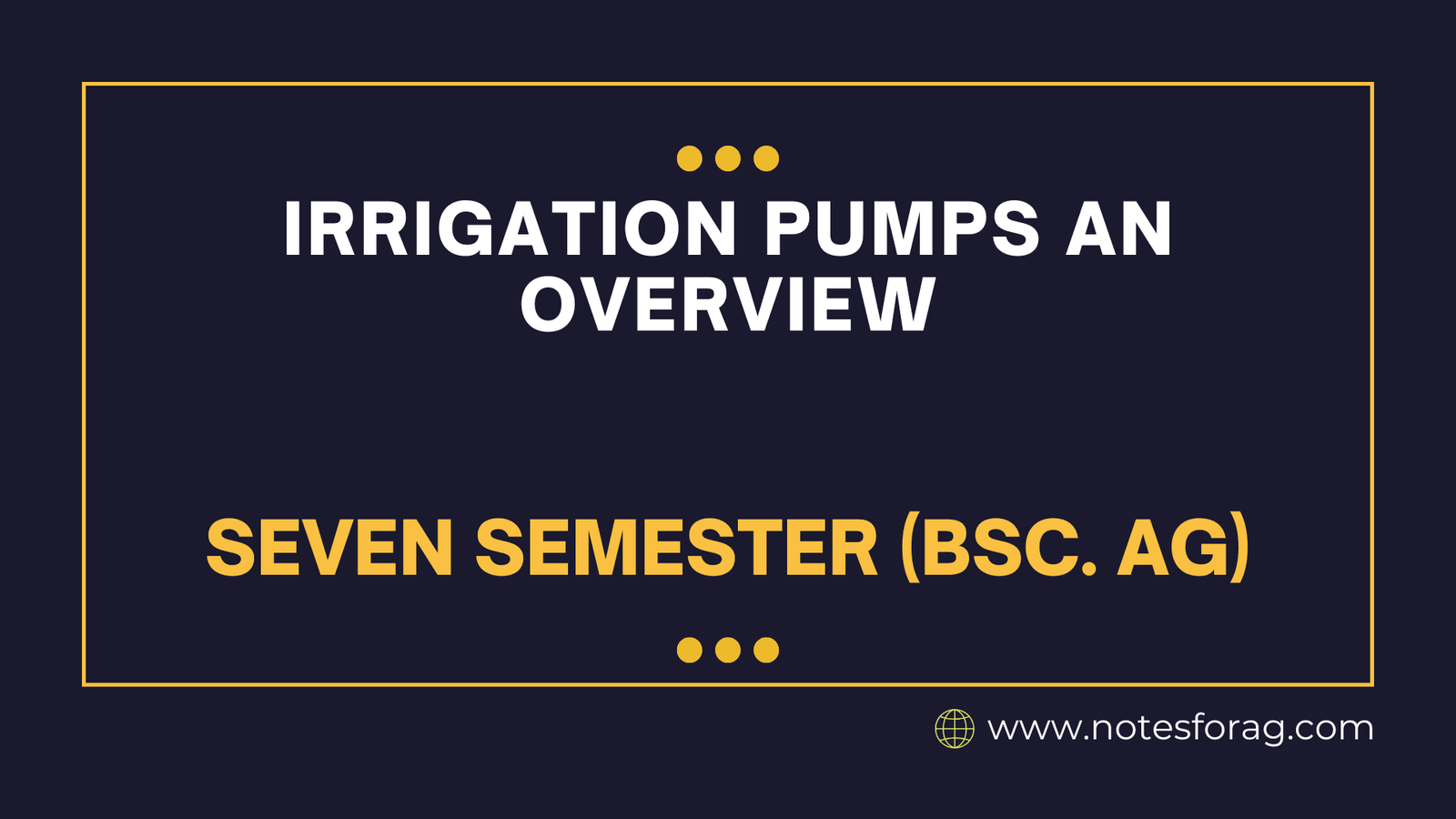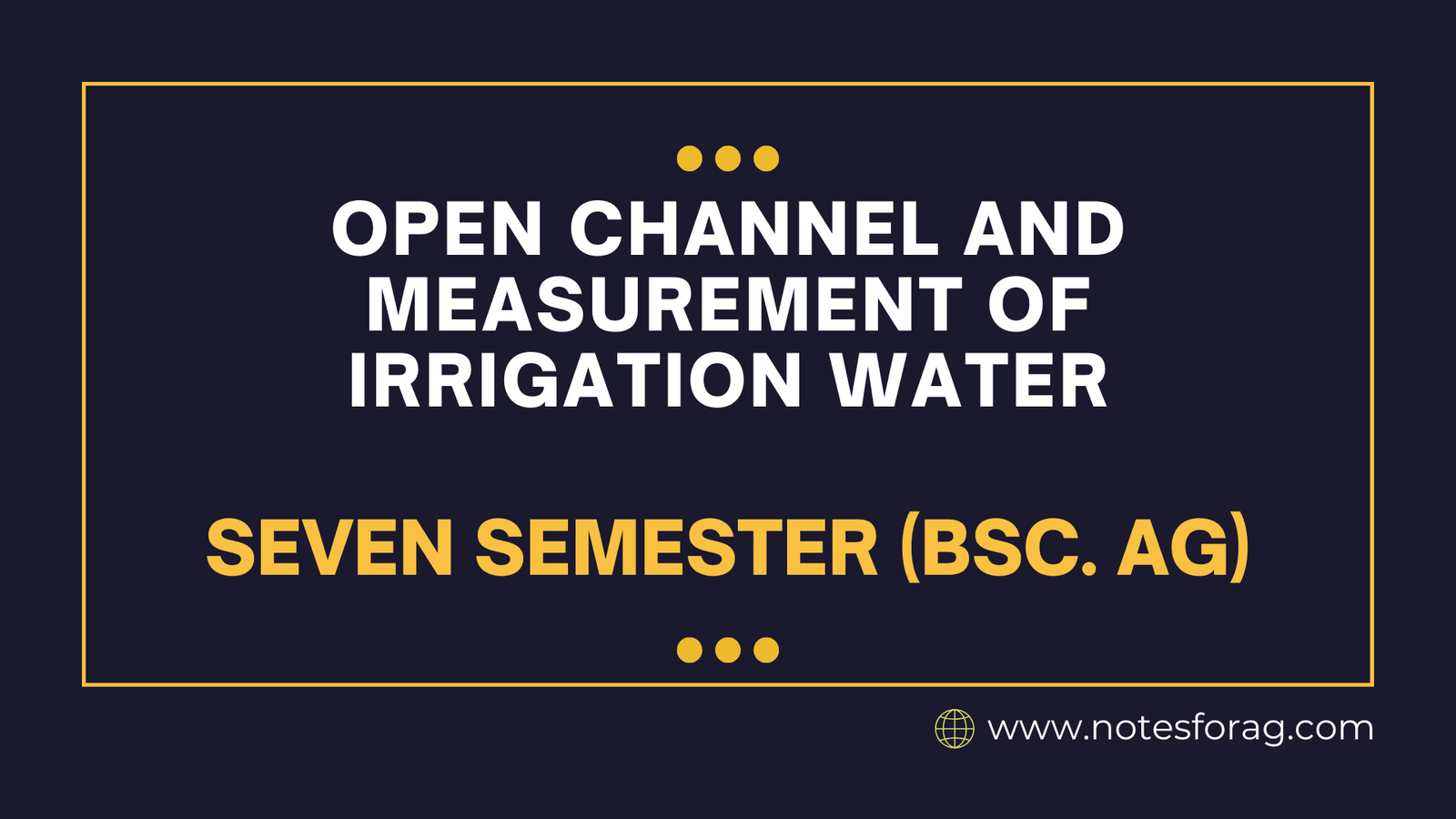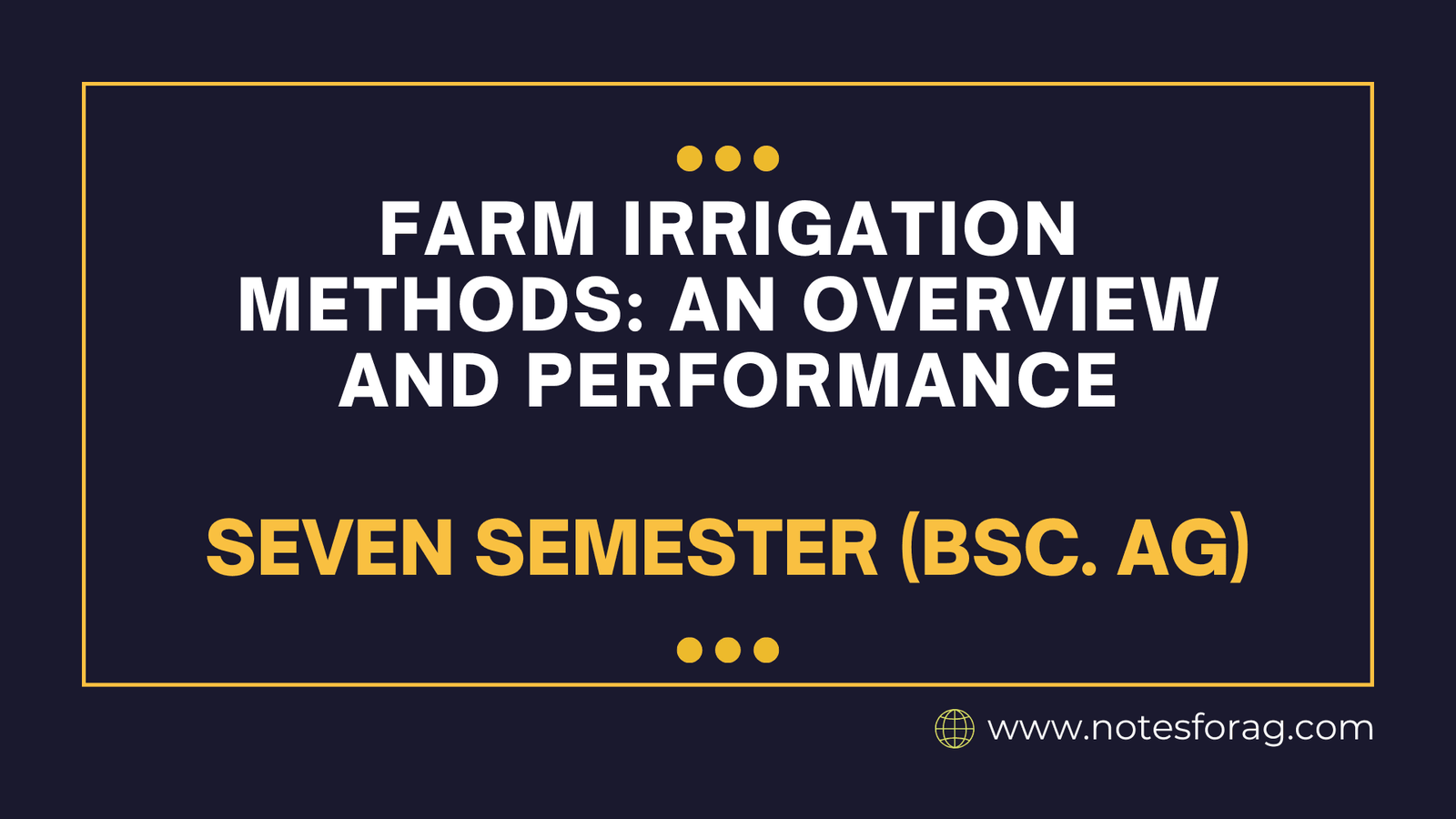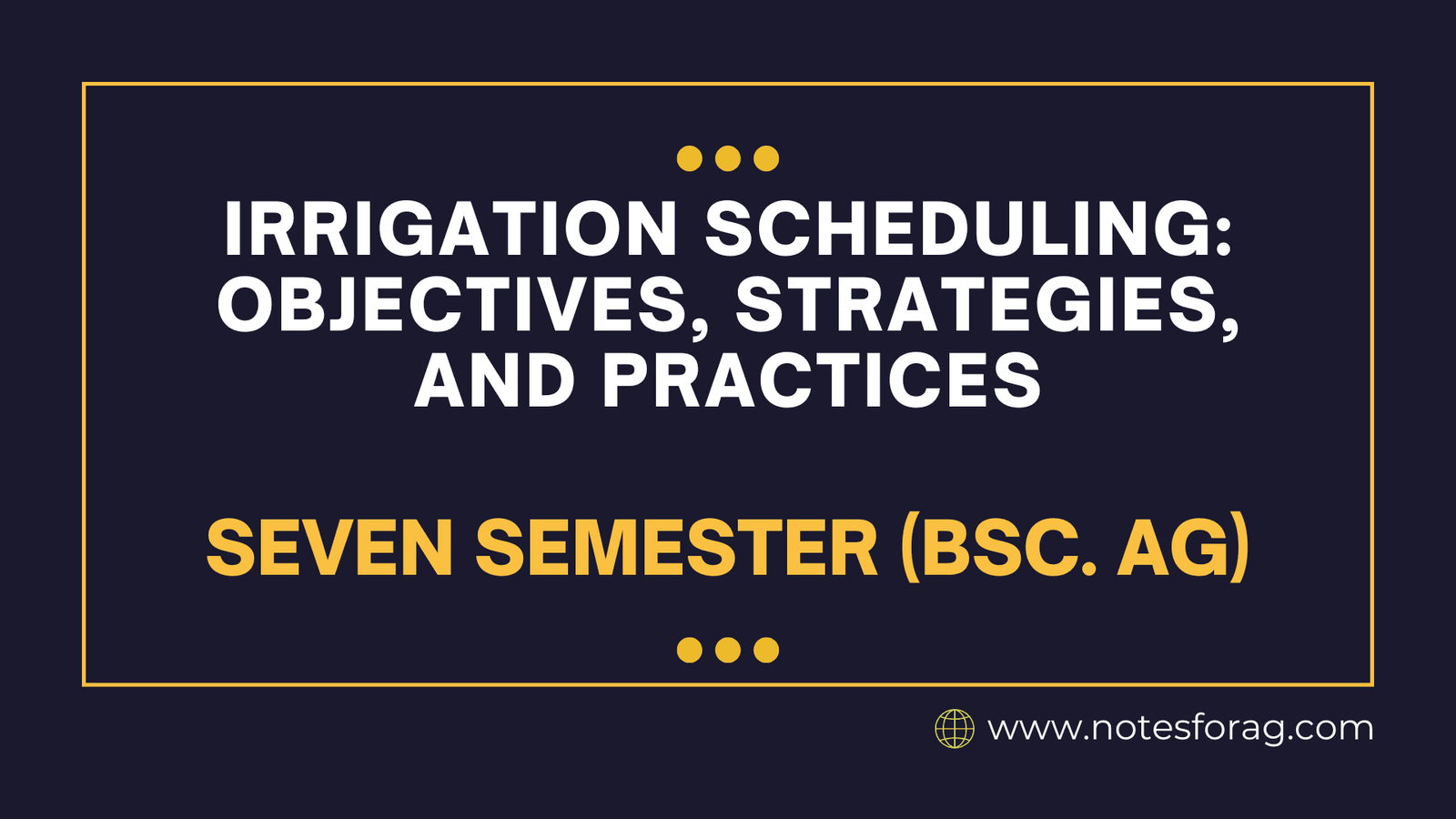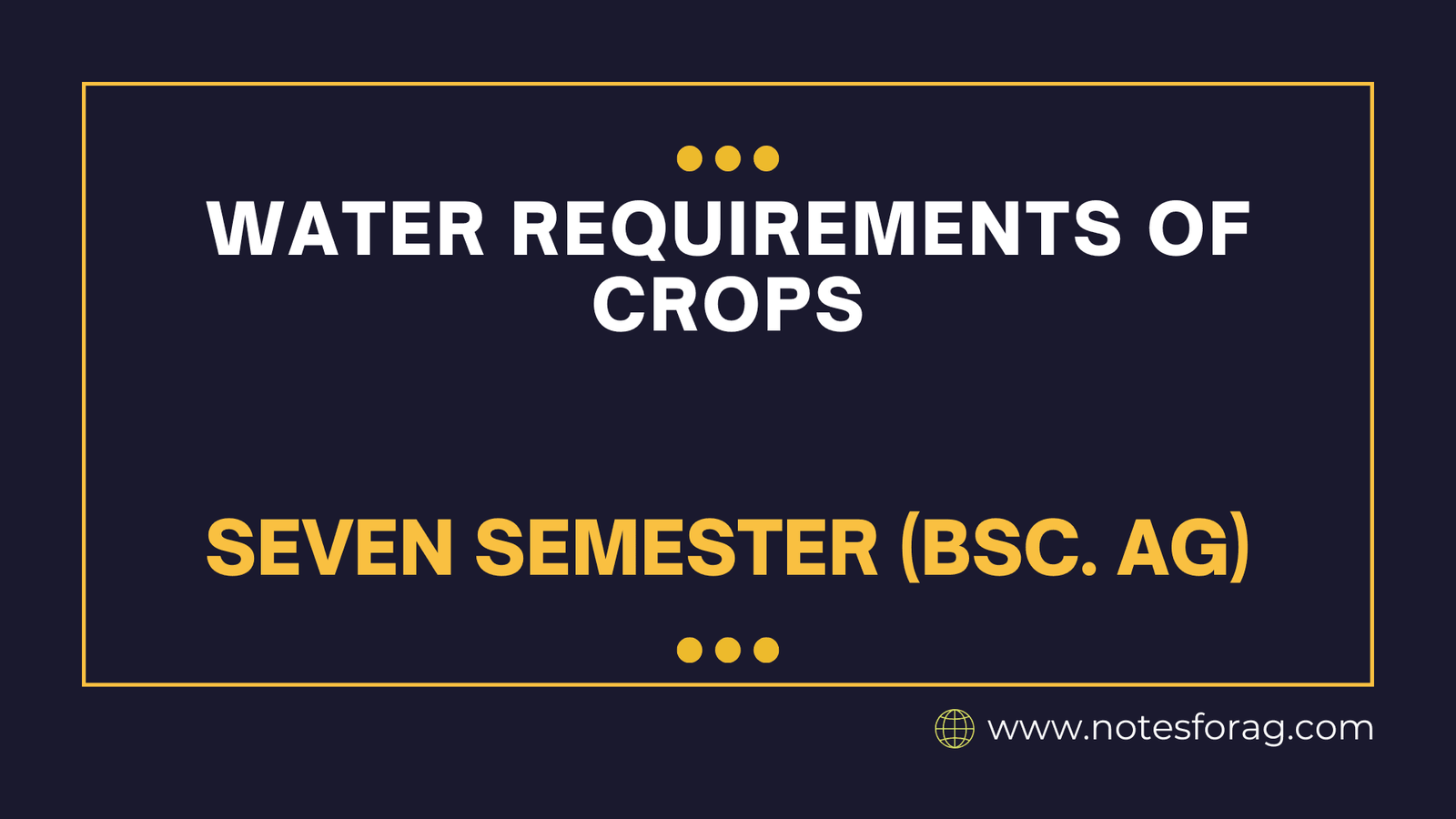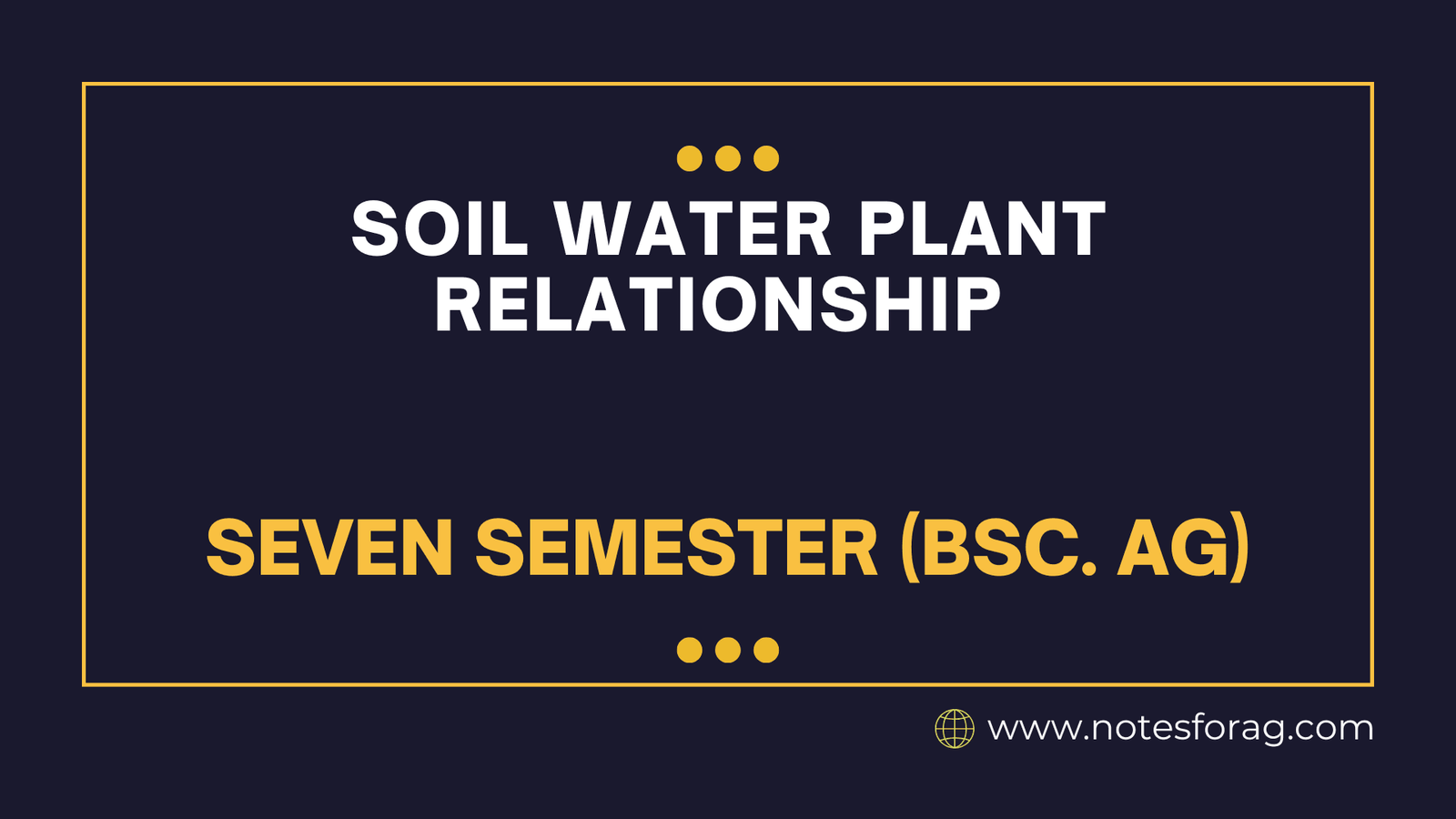Parasitic diseases: Liver fluke, Ascariasis, Tapeworm
Parasitic diseases are caused by organisms that live inside or on animals and take nutrients from them. These diseases are common in livestock, like cows, sheep, and pigs, and can harm their health and affect their productivity. This article explains three common parasitic diseases: liver fluke, ascariasis (roundworm), and tapeworms. We’ll cover what they are, … Read more



